The Best Audio Editing Software for Mac, Windows, and the Web in 2025
Audio editing has become essential for content creators, musicians, podcasters, and anyone working with audio in 2025. Whether you’re crafting the perfect podcast, producing music, or editing sound effects, having the right tools can make all the difference. Fortunately, there’s no shortage of powerful audio editing software for Mac and Windows users, ranging from free, easy-to-use options to high-end professional programs.
In this article, we explore the top 5 audio editing software and apps, offering a mix of versatile, beginner-friendly, and advanced options to suit various editing needs and budgets.
Audacity
Audacity remains a top choice for creators looking for a no-cost yet powerful audio editing solution. With cross-platform compatibility and an ever-growing library of plugins, it serves beginners and seasoned users alike.
Features of Audacity:
- Seamless multitrack editing enables combining music, voice, and effects effortlessly.
- Direct recording with real-time monitoring supports clean capture from mics or mixers.
- Regular updates bring performance boosts and smoother user interaction.
Why Choose in 2025: In 2025, Audacity continues to evolve with community- driven enhancements, modern plugin support, and improved export options. Its active forums and wide accessibility make it a go-to tool for educators, hobbyists, and non-profits worldwide.
Pros of Audacity Software: Audacity’s simplicity makes it incredibly accessible to beginners while offering enough depth for more advanced users. With zero cost and no licensing limitations, it’s ideal for small teams, educators, and solo podcasters. The tool’s open-source nature allows extensive plugin customization and strong community support that grows yearly.
Cons of Audacity Software: Despite improvements, Audacity still features a slightly dated interface that lacks the polish of commercial DAWs. It also lacks features like virtual instruments, automation lanes, and advanced mastering tools, limiting its suitability for full-scale music production.
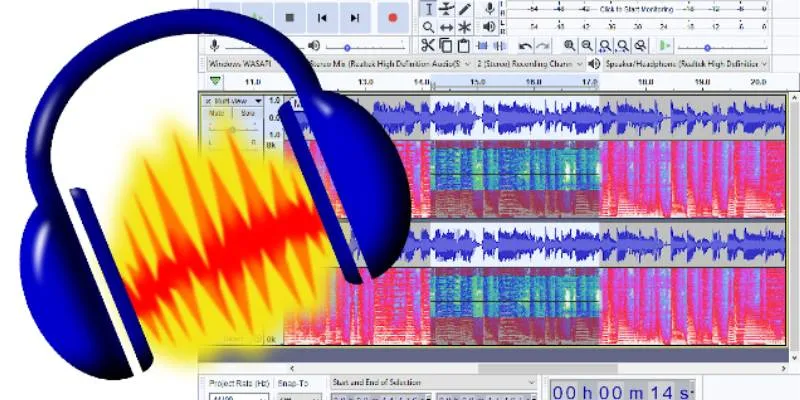
Adobe Audition
Adobe Audition continues to lead in professional editing, especially among podcasters, video editors, and sound designers who demand precision and flexibility in their workflow.
Features of Adobe Audition:
- AI tools like auto-leveling and adaptive noise reduction streamline workflows.
- Advanced spectral editing lets you isolate and fix noise or audio imperfections.
- Deep Premiere Pro integration ensures smooth audio-video synchronization.
- Cloud storage enables access and editing from any connected device.
- Audio restoration tools help salvage poor-quality or distorted recordings.
Why Choose in 2025: In 2025, Adobe Audition leverages AI-driven workflows and deep cloud integration, making it the perfect fit for collaborative teams and professionals managing complex audio environments.
Pros of Adobe Audition: Adobe Audition delivers precision editing for professionals, making it a top choice in film, podcast, and radio production. Its seamless integration with Adobe Creative Cloud ensures creative workflows remain uninterrupted. Features like auto-ducking, batch processing, and clip restoration help produce studio-quality results consistently.
Cons of Adobe Audition: While powerful, Adobe Audition has a steep learning curve and a premium monthly cost. It’s better suited for committed professionals than occasional editors. Some users may also find the interface overwhelming due to the abundance of tools and panels.
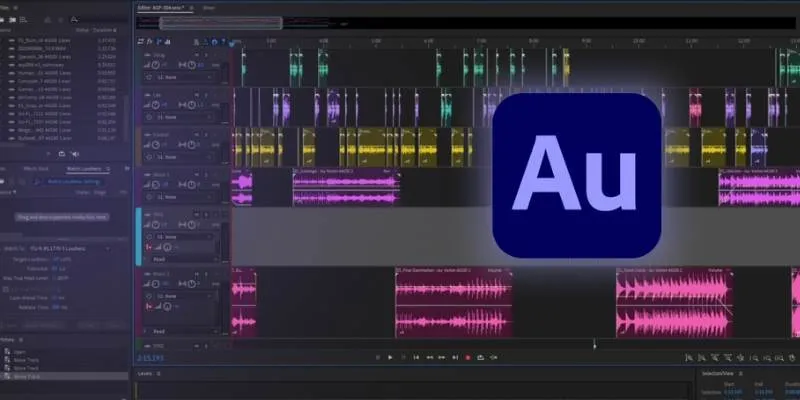
FL Studio
FL Studio has become synonymous with music creation, especially in the electronic and hip-hop spaces. The 2025 version introduces enhanced collaboration tools and better cross-platform performance.
Features of FL Studio:
- Step sequencer allows intuitive beat building and pattern creation.
- Real-time cloud collaboration helps producers work together remotely.
- MIDI support enables custom control through external hardware.
- Automation clips let you adjust volume, pitch, and filters with precision.
Why Choose in 2025: FL Studio’s constant updates and user-friendly interface make it ideal for musicians in 2025 looking to collaborate online or streamline their creative process from anywhere.
Pros of FL Studio: FL Studio offers a powerful all-in-one music creation suite. Its intuitive layout allows fast beat-making and arrangement, especially appealing to beginners and seasoned artists. Including lifetime free updates adds long-term value, and its community support and learning resources are outstanding.
Cons of FL Studio: The interface can feel overwhelming for new users unfamiliar with digital audio workstations. Also, while the base edition is affordable, accessing all features requires purchasing the higher-tier versions, which can be costly for hobbyists.
WavePad by NCH Software
WavePad offers a streamlined experience tailored for users who need efficient audio editing without the complexity of full DAWs. It’s particularly popular among podcasters, educators, and small content creators.
Features of WavePad:
- This software offers easy trimming, cutting, and joining functions for fast editing tasks.
- Batch processing lets you edit multiple audio files simultaneously.
- Speech tools, including voice isolation and speech-to-text integration.
- Supports nearly all common audio formats.
Why Choose in 2025: In 2025, WavePad’s lightweight design and growing feature set make it perfect for fast-paced creators who need reliable tools without a steep learning curve or large investment.
Pros of WavePad: WavePad’s minimal design means you can immediately jump in and start editing. It’s efficient, easy on system resources, and supports all essential audio tasks. Its affordability and built-in tools make it ideal for podcast creators, lecturers, and journalists.
Cons of WavePad: WavePad lacks the depth and scalability of full DAWs. Its limited customization and absence of MIDI or multitrack recording features may restrict users who plan to transition into music production or complex audio design.
Reaper
Reaper is a highly customizable and affordable DAW that’s gaining a reputation for offering high-end features at a fraction of the price of its competitors.
Features of Reaper:
- The user interface can be fully customized to suit your workflow.
- Lightweight software runs smoothly even on older machines.
- This tool offers a generous evaluation period and budget-friendly licensing.
Why Choose in 2025: Reaper in 2025 continues to prove that affordability doesn’t mean sacrificing features. With its expanding plugin support and customization, it’s become a favorite among DIY musicians and indie producers.
Pros of Reaper: Reaper’s flexibility is unmatched—users can create custom scripts, modify the layout, and use almost any plugin imaginable. It’s ideal for anyone who wants a robust DAW without breaking the bank. Its low resource demand makes it suitable for home studios and mobile setups.
Cons of Reaper: Beginners may find Reaper overwhelming due to its minimal default layout and reliance on community-developed tools. It also lacks built- in instruments and loops, so users must source third-party sound libraries to start music production.
Conclusion
Choosing the right audio editing software depends on your needs, whether for a podcast, music production, or general editing. With the options listed above, you can find a tool that works for you, whether you prefer a free option like Audacity or a more feature-rich solution like Adobe Audition or FL Studio.
Each tool offers unique strengths, ensuring you can find one that suits your workflow and helps you create the best audio possible. You can choose the ideal software that meets your audio editing goals in 2025 by evaluating your requirements, budget, and technical expertise. Make your decision wisely to take your audio projects to the next level.
Related Articles

Top 4 Vertical Video Editors to Edit Vertical Videos Quickly

Top 4 Vertical Video Editors to Edit Vertical Videos Quickly
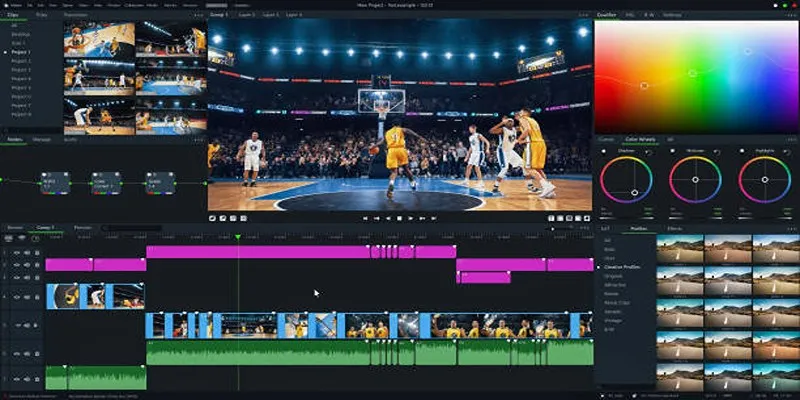
Top 5 Background Noise Removers for Desktop Users

How to Use XLD for Windows to Convert Audio Files with Ease
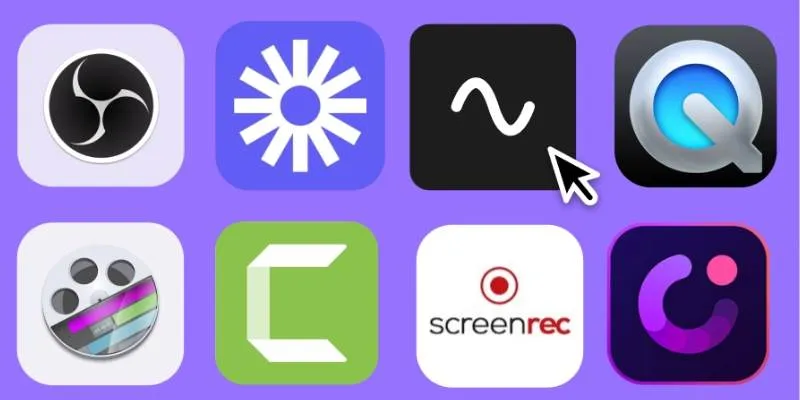
Discover the Top 8 Screen Recording Software in 2025

Top Transcription Tools in 2025 That Get the Job Done

Free Video Editing Software for Mac OS X: 10 Excellent Choices
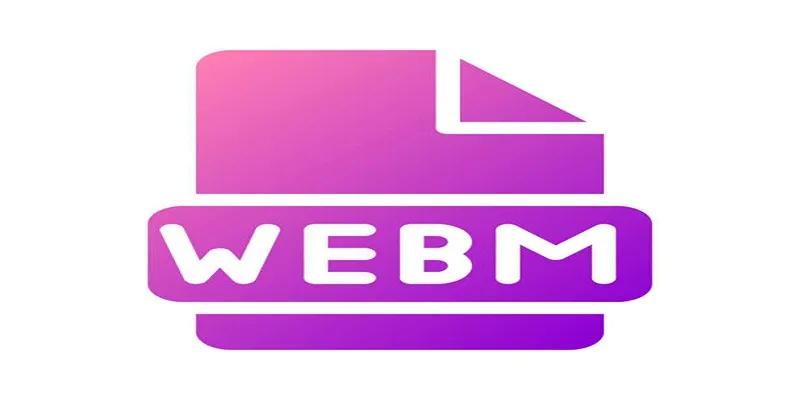
Audio Extraction Made Simple with FFmpeg, Audacity, and Aiseesoft

5 Easy and Effective Methods to Add Audio to Videos
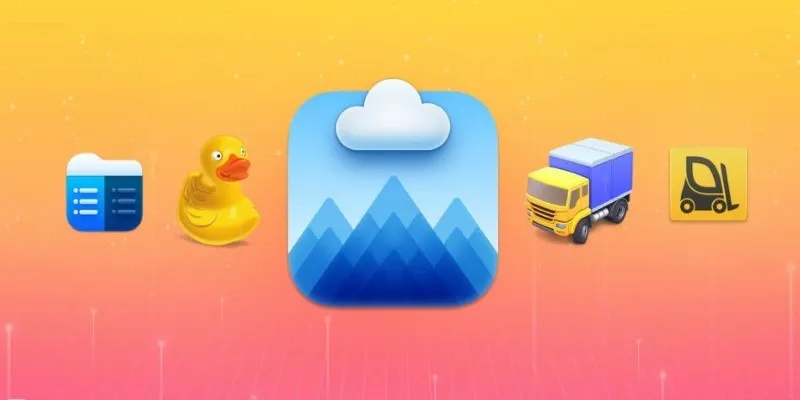
Top FTP Software for Mac Users: Free and Reliable Options

The 8 Best Free Photo Editors in 2025 That Rival Photoshop
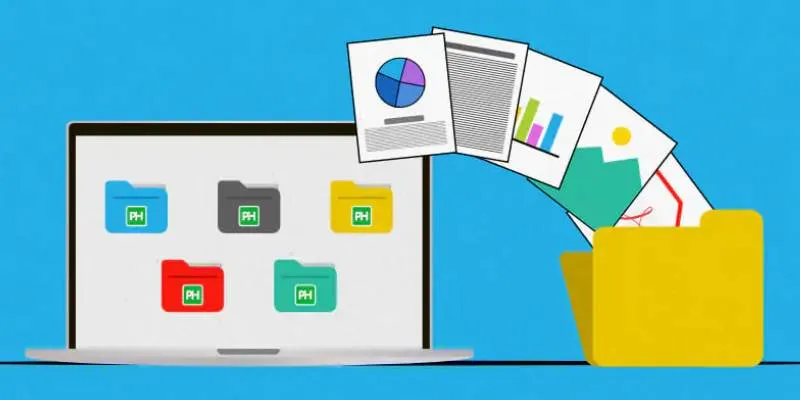
Discover the 8 Best Document Management Tools of 2025
Popular Articles
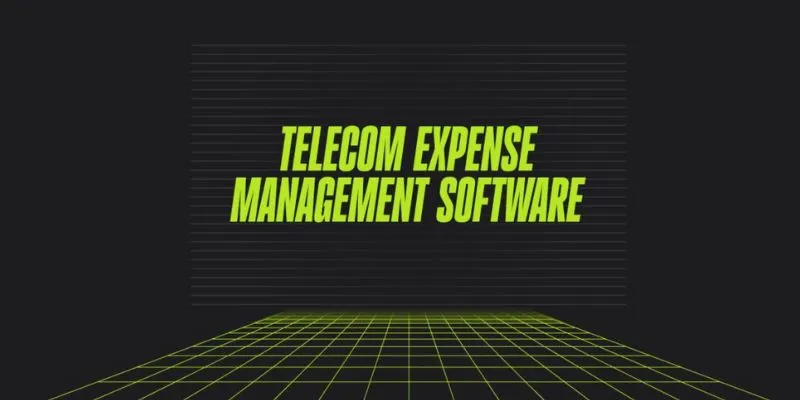
A Beginner’s Guide to Telecom Expense Management Software: All You Need to Know

The 6 Best Session Replay Tools in 2025 to Optimize Your User Experience
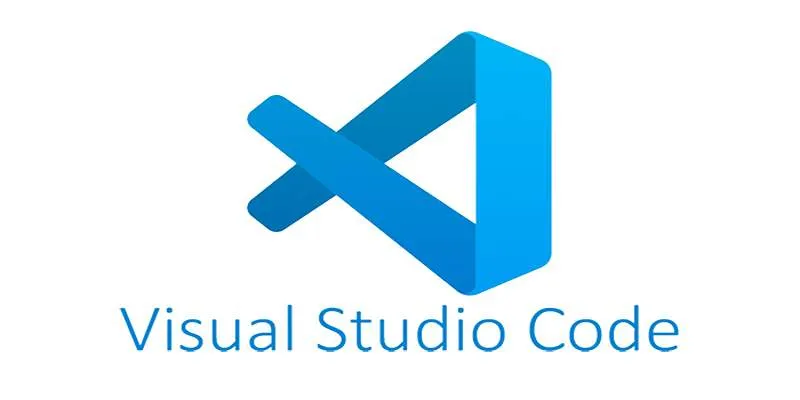
How to Debug and Fix Crashing VS Code Extensions Effectively

The 24 Best Sales Tools to Supercharge Your Team's Performance

How to Make a Creative Instagram Story Using Photo and Video Collages

Fix the Windows Movie Maker Black Screen Problem

How to Convert 3GP to AVI for Free Without Losing Speed or Quality

MPG File Guide: How to Open, Play, and Convert MPG Videos Easily

How to Create a Video Slider in WordPress (Easy Tutorial for Beginners)

5 Hassle-Free Ways to Edit MTS Videos Using Final Cut Pro
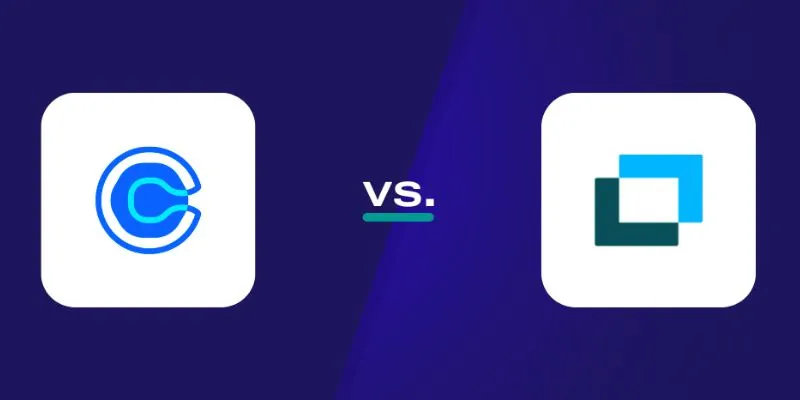
Choosing Between Calendly and Doodle: Which Tool Suits Your Needs

 mww2
mww2